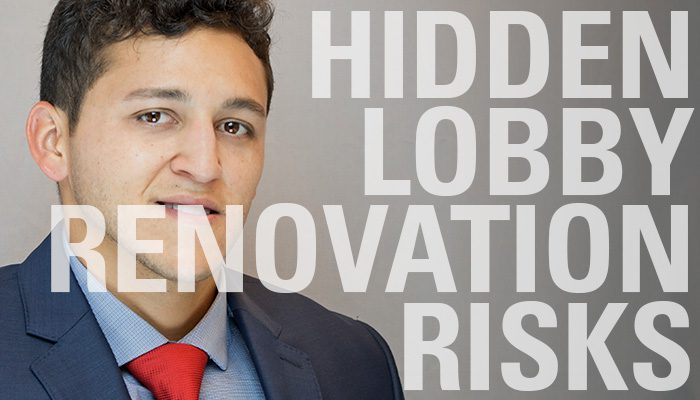As building owners, operators, and developers adapt to a hybrid work model, creating a welcoming office space is more important than ever. In an article for Propmodo’s Perspectives series, ESD now Stantec Senior Acoustics Project Manager Scott Hamilton shares his views on the evolution of the open office and why acoustics play such a critical role to the health, comfort, and productivity of returning workers. (Learn more about open office design.)
Climate change is a worldwide problem with roots at a local level. In a recent article for Real Estate (RE) Journals, ESD Practice Leader for Commissioning and Energy+Eco Saagar Patel examines the building industry in the Midwest and its role in decarbonization.
In his recent article, “Decarbonization 2022: Why is it critical to the heartland?” Patel says the central U.S. is the “heart” of the country in many ways—including the impact it has on the climate change crisis. Patel says unless immediate action is taken, greenhouse gas emissions will likely result in higher temperatures in the central U.S. leading to:
- Increased energy demand and costs
- More heat-related deaths
- Decreased productivity
- Climate uncertainty impacting the farm industry
Patel says by some estimates, the built industry accounts for almost 40 percent of global energy-related carbon emissions. By thinking globally, but acting locally, decarbonization measures can have a meaningful impact on climate change. Patel says cities like Chicago and Denver are taking the lead in the battle by passing regulations and guidelines to adopt carbon-neutral and more sustainable building strategies.
Saagar Patel is an outspoken advocate for energy efficiency and sustainability and shares his expertise with industry professionals to further ESD’s mission to Improve Society Through the Built Environment.
Contact ESD’s experts for more information on how ESD can help with energy efficiency and other carbon reduction planning.




